The Historians Saving America’s Pint-Sized Railroads
From Maine to Alaska, narrow gauge is all the rage, including one of the most historic, Pennsylvania’s East Broad Top.
Jonathan Smith grew up along the tracks of the Durango & Silverton, a historic steam-powered railroad in southwest Colorado. For Smith, it wasn’t unusual to look up in the middle of the day and see a century-old steam locomotive chug by, spewing smoke and steam—even though that spectacle had disappeared from most of the American landscape more than a half-century before. “To me, it was totally normal,” he says. “I didn’t really know when I was younger just how abnormal that was. Only when I got older did I realize just how special that was.”
It wasn’t just the old locomotives that made this particular railroad special—it was the distance between the rails. Most railroads around the world have four feet, eight-and-a-half inches between the rails, often called “standard gauge” or “Stephenson gauge” in honor of George Stephenson, an English engineer known as the “Father of Railways,” thanks to his pioneering Liverpool & Manchester Railway of 1830. But the rail line that passed Smith’s home had just 36 inches between the rails. Narrow gauge railroads, as they’re known, came in a variety of sizes, usually between 24 and 42 inches, and at one point there were dozens of them, existing outside the normal rail network, from the rocky coast of Newfoundland to the desert of California. The smaller railroads were often less expensive to construct but could also go places that larger trains couldn’t, such as tight canyons.
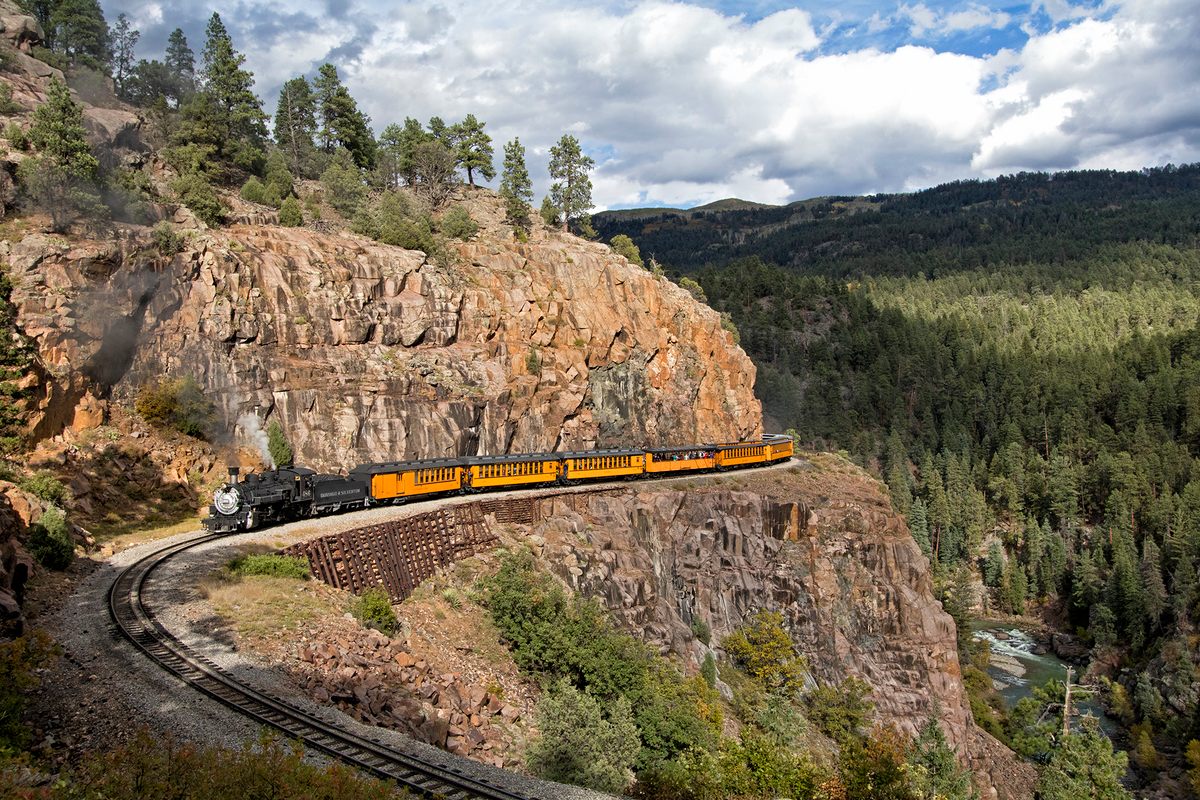
“These trains were tiny in terms of size, at least when compared to a standard gauge locomotive, but these railroads were no less functional than the big ones,” says Stephen Piwowarski, a volunteer with the Wiscasset, Waterville & Farmington Railway Museum in Maine. “In fact, the small size is what made these railroads so functional.”
Many of these pint-sized railroads ran into the early 20th century before being abandoned in favor of standard gauge railroads or highways. The Wiscasset, Waterville & Farmington (WW&F) was one of five 24-inch gauge railroads that ran in the Pine Tree State from the 1870s until the 1940s, known to train lovers as the famous “Maine Two Footers,” because few other states embraced that specific, particularly narrow, gauge. The Great Depression is what did in the WW&F, which was by then called the Weak, Weary & Feeble by snarky locals. The railroad was in such dire straits at the end that when the last train derailed partway to its destination, the crew just walked away and the passengers had to figure out their own way home.
Decades later, a man named Harry Percival decided to rebuild the narrow gauge railroad that ran by his home in Alna, Maine. Today, the WW&F Railway Museum offers rides on 3.2 miles of track behind two steam locomotives (with a third under construction).

Among the most famous narrow gauge railroads in the United States—and one of the ones that survived the longest—was the Denver & Rio Grande Western in the mountains of Colorado and New Mexico. This 36-inch gauge railroad moved minerals, cattle, passengers, and more well into the mid-20th century, before switching gears and catering to tourists. One of those lines, the 45-mile Silverton Route, is now called the Durango & Silverton Narrow Gauge Railroad, which ran right past Jonathan Smith’s childhood home. Smith’s uncle was an engineer on the railroad and when Smith was just 10, he started volunteering there, helping out wherever he could. He eventually got a job as a brakeman and fireman before going to school in Denver to study tourism management. His goal was to work at one of the narrow gauge railroads he loved. But never in his wildest dreams did he think he would be working for one of the most famous of them all, the legendary East Broad Top. Construction of the 36-inch gauge East Broad Top (EBT) began in 1873 in the mountains of central Pennsylvania, about halfway between Philadelphia and Pittsburgh. The railroad was built to move iron, coal, limestone, and more to the iron furnaces near the aptly named village of Rockhill Furnace. When it was complete, the East Broad Top had more than 80 miles of track that criss-crossed the Broad Top Coalfields.
By World War II, most narrow gauge railroads east of the Mississippi River had all but disappeared, but the EBT soldiered on, in part because it was “crafty,” says Smith. One of the most expensive challenges for a narrow gauge railroad was getting the goods it hauled on to standard gauge trains so they could continue to market. But instead of unloading the narrow gauge cars and reloading the standard gauge cars by hand (or vice versa), the EBT found a way to lift larger cars onto narrow sets of wheels (called “trucks” in railroading). But even that type of ingenuity couldn’t save the railroad, and even as more and more railroad enthusiasts came to visit the narrow gauge oddity in the 1950s, it was finally closed and sold to a scrapper. Everyone thought the railroad would be ripped up and the old locomotives scrapped within months, but then something odd happened: The metal-hungry scrapper didn’t touch it. In fact, the new owner, the Kovalchick Salvage Company, did nothing with it for four years and the little trains sat undisturbed until 1960.

That year was the bicentennial of the railroad’s hometowns, the twin boroughs of Orbisonia and Rockhill Furnace. To celebrate, the townspeople asked the scrapper, Nick Kovalchick, if he would consider rolling one of the old steam locomotives out of the roundhouse—where trains are usually stored and worked on—for display. Kovalchick said he could do more than that: He’d fire up an old locomotive and give rides that summer. The train rides were a smashing success, so the following year Kovalchick restored more track and started offering rides to tourists every summer and fall for the next 50 years.
“It’s sort of remarkable that the scrapper became the preservationist,” Smith says.
The family-run tourist railroad would last well into the 2000s, but by then it was becoming harder and more expensive to run. In 2011, the railroad was closed for a second time and the equipment was put in storage. This time, no one was really worried about it being scrapped—it had gained National Historic Landmark status back in 1964—but no one really knew what was next. Volunteers would occasionally work on the trains and buildings to ensure they didn’t deteriorate, but it all sat quietly until 2020.

That year, the newly formed EBT Foundation announced it had purchased the railroad and was reopening it. Since then, a dedicated group of employees and volunteers have been restoring steam locomotives and passenger cars, and rebuilding track. Among those employees is Smith, who was hired to do sales and marketing for the railroad. As a lifelong fan of narrow gauge railroading, getting a job at the EBT was a dream come true.
“When I first arrived here, my jaw dropped on the floor and honestly I haven’t been able to pick it up since,” he says. “I had always known about the EBT and now to be able to help save it is an honor. I think that’s how all of us here feel.”

One thing that sets the EBT apart from other historic railroads is just how intact it all is: Six of the original steam locomotives are on site and the extensive workshop complex looks much like it did a century ago. Much of the equipment in the railroad’s machine shop is belt-driven, a technology that dates back to the 19th century.
“If you stand in the middle of the locomotive shop or machine shop and look around, you would be hard pressed to say it’s 2022 because it really looks like 1922,” he says.
EBT began offering regular rides in early 2022, ensuring that the pint-sized world of narrow gauge railroading will live on, thanks in large part to historians like Smith and countless others.
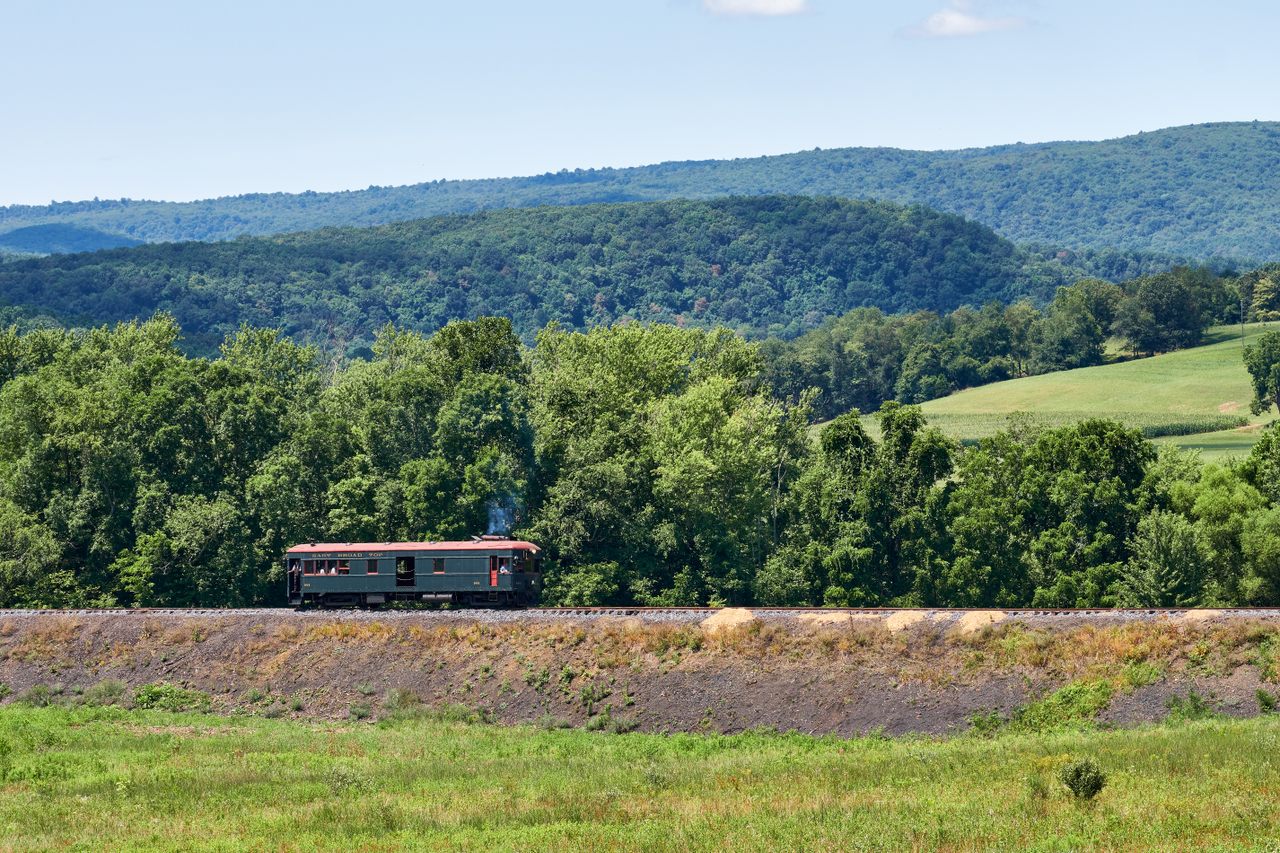

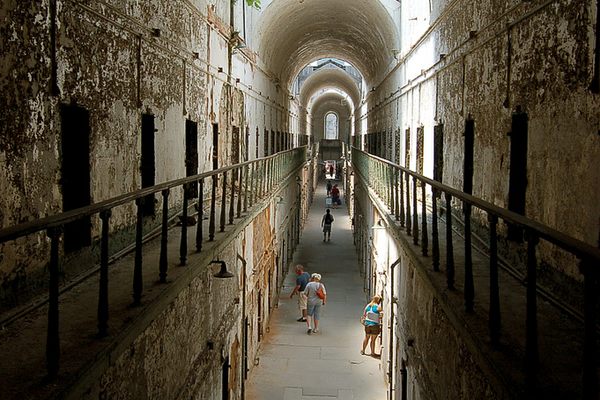


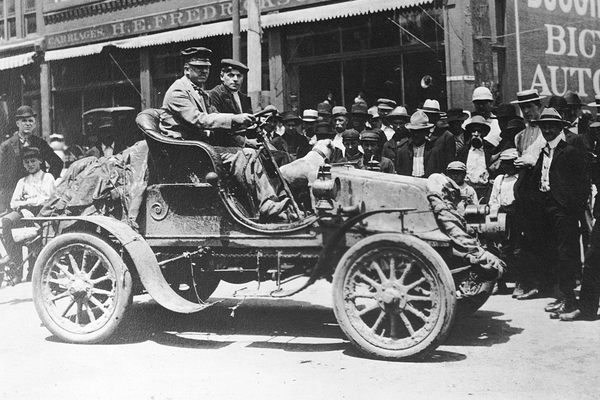

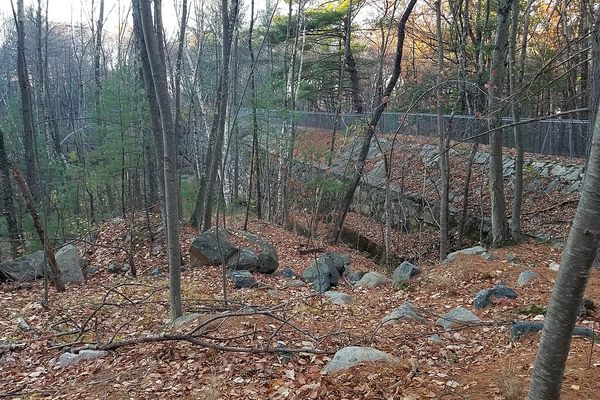


















Follow us on Twitter to get the latest on the world's hidden wonders.
Like us on Facebook to get the latest on the world's hidden wonders.
Follow us on Twitter Like us on Facebook